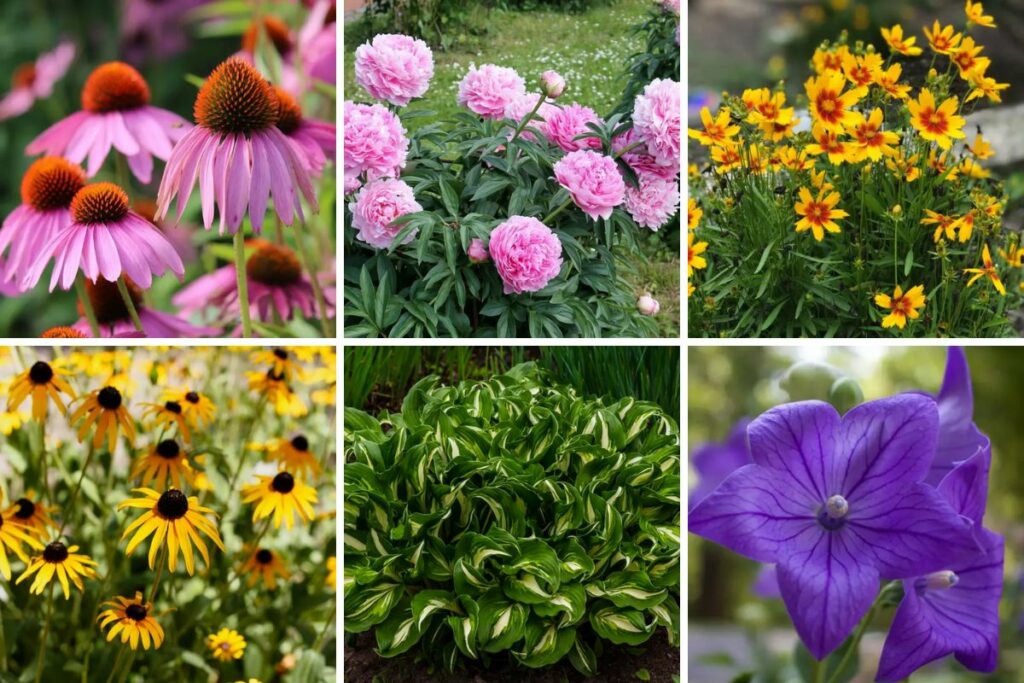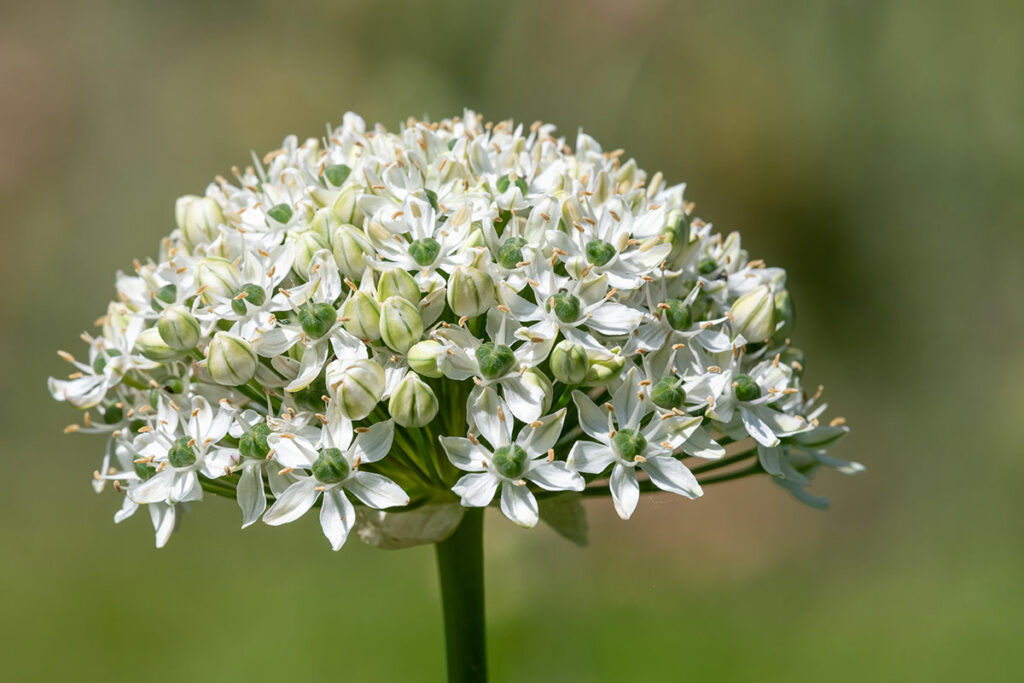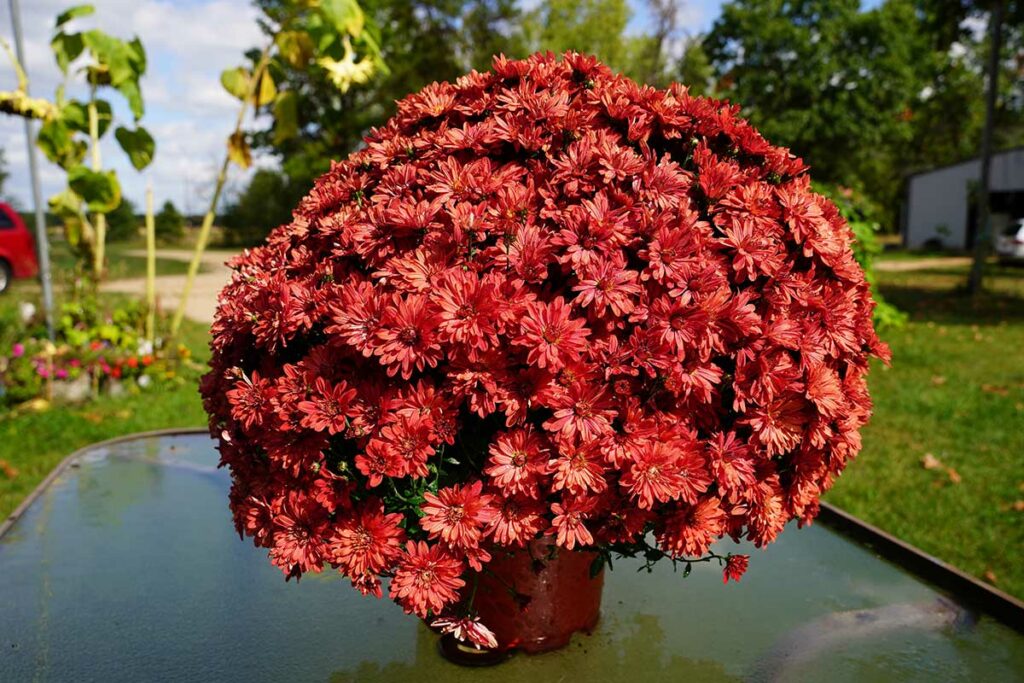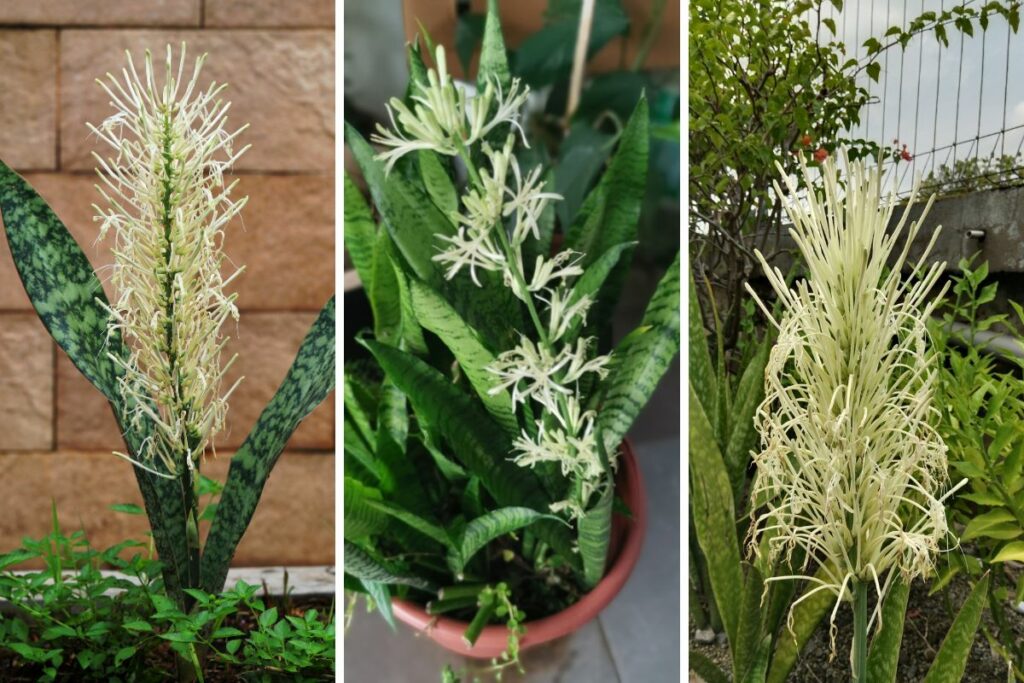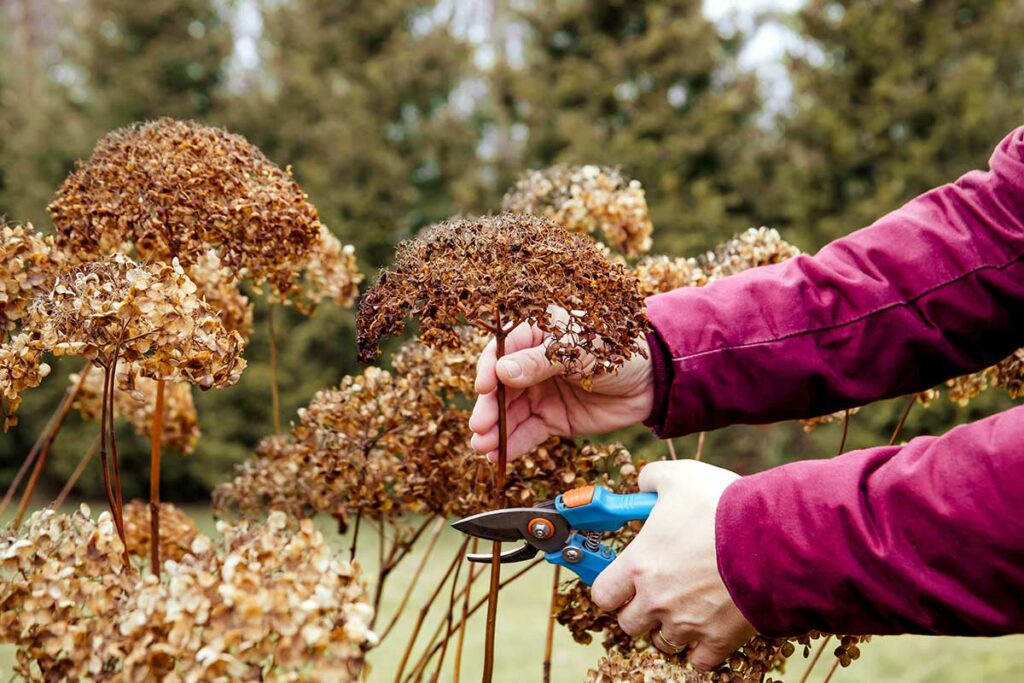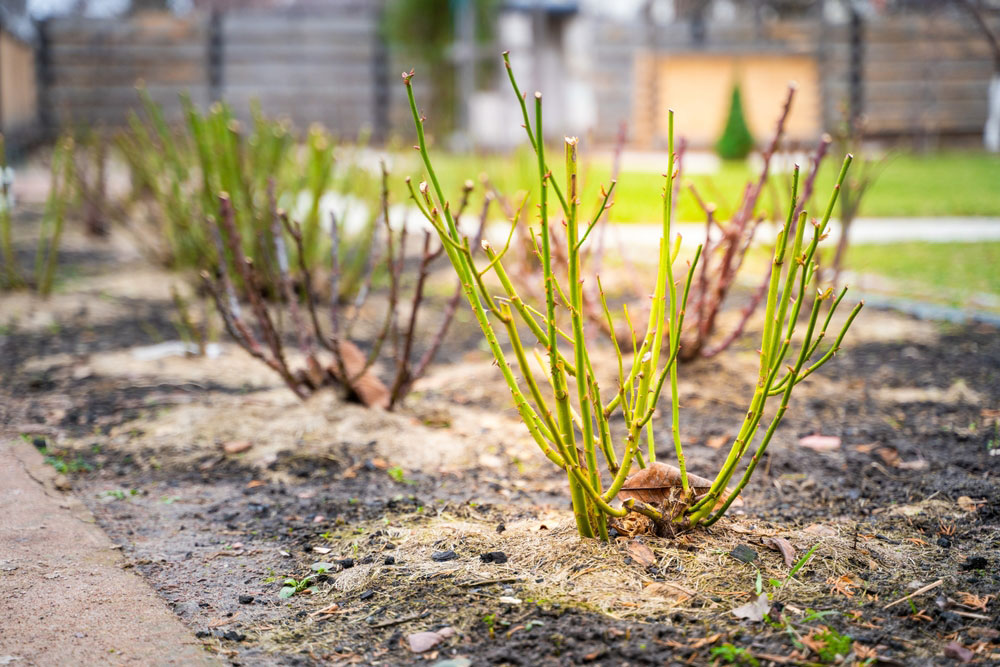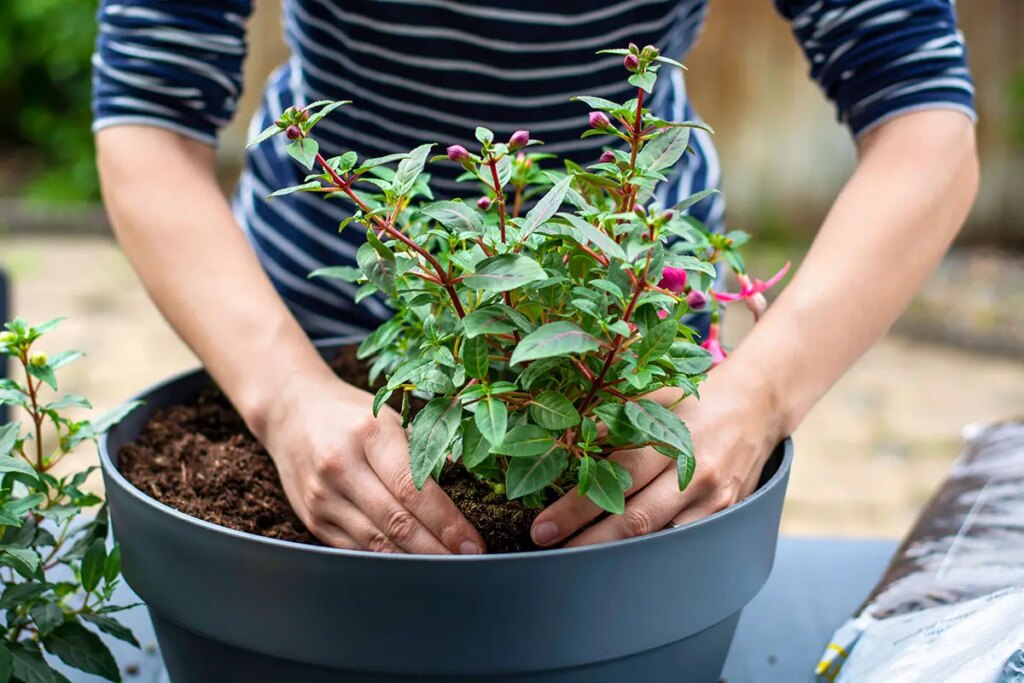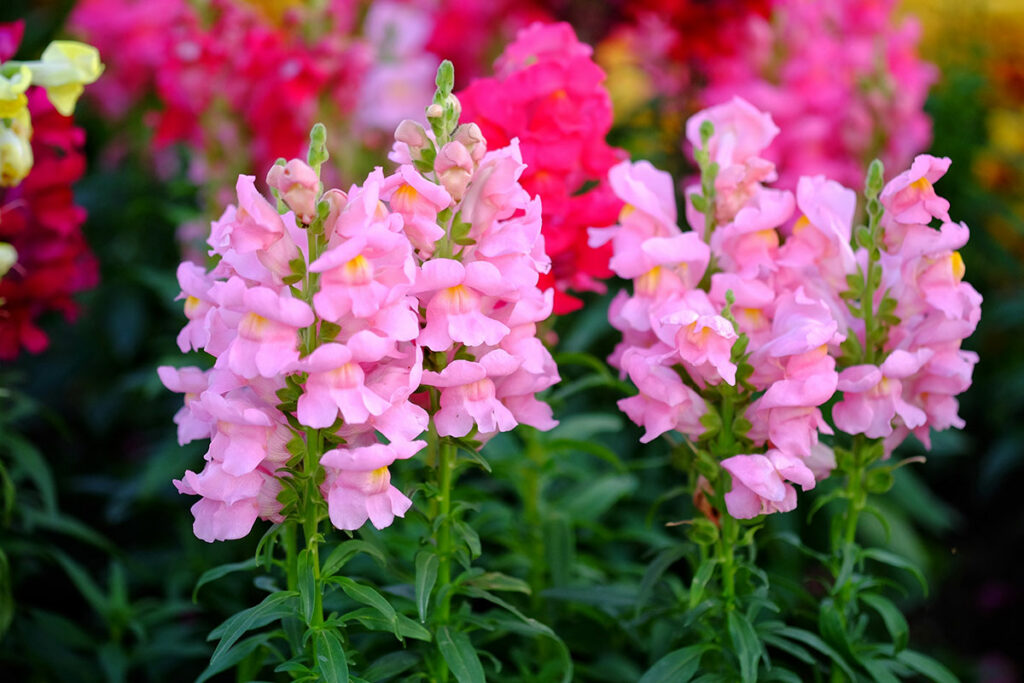
Snapdragons are beautiful, versatile flowers that can add a pop of color to any garden. These charming blooms, known for their distinctive “dragon-like” mouth, are available in various colors and sizes, making them a perfect fit for any gardener’s vision.
With just a little care and attention, you can keep your snapdragons blooming all summer, providing a delightful focal point for your outdoor space.
To achieve a garden that’s full of snapdragons throughout the season, it’s essential to select the right variety, plant them properly, and provide the necessary care. Proper care not only ensures healthy growth but also helps in keeping pests and diseases at bay.
By following a few simple steps, you can create a stunning display that will keep your garden vibrant and eye-catching all summer long.
Key Takeaways
- Choose suitable snapdragon varieties for your garden’s needs
- Plant and care for snapdragons properly to ensure healthy growth
- Employ strategies to prolong blooming and prevent pests and diseases
Choosing the Right Snapdragons
Selecting the Variety
When choosing snapdragons for your garden, consider the vast array of varieties available. There are three main categories: dwarf, intermediate, and tall. Each category offers different heights, flower shapes, and color variations.
- Dwarf snapdragons grow to about 6-8 inches tall and are well-suited for small spaces, window boxes, or container gardens.
- Intermediate snapdragons reach heights of 15-30 inches, making them an excellent choice for garden beds or borders.
- Tall snapdragons can grow up to 36 inches tall and provide a stunning display as background plants or in large container arrangements.
Considering the Planting Location
To ensure your snapdragons bloom all summer long, choose a planting location that provides optimal growing conditions.
- Sunlight: Snapdragons love full sun, meaning they need at least 6 hours of direct sunlight daily. This amount of sun will allow your plants to produce abundant blooms throughout the season.
- Soil: Snapdragons prefer rich, well-draining soil with a slightly acidic pH of 6.0-6.5. Before planting, amend the soil with compost or organic matter to improve drainage and provide necessary nutrients.
- Spacing: Allow for appropriate spacing between plants. Dwarf varieties need 6-8 inches, and intermediate varieties require 12-18 inches, and tall varieties should have 18-24 inches between plants. This spacing helps with airflow and reduces the risk of diseases.
By carefully selecting the right variety and planting location, you’ll enjoy a vibrant display of snapdragons in your garden all summer long.
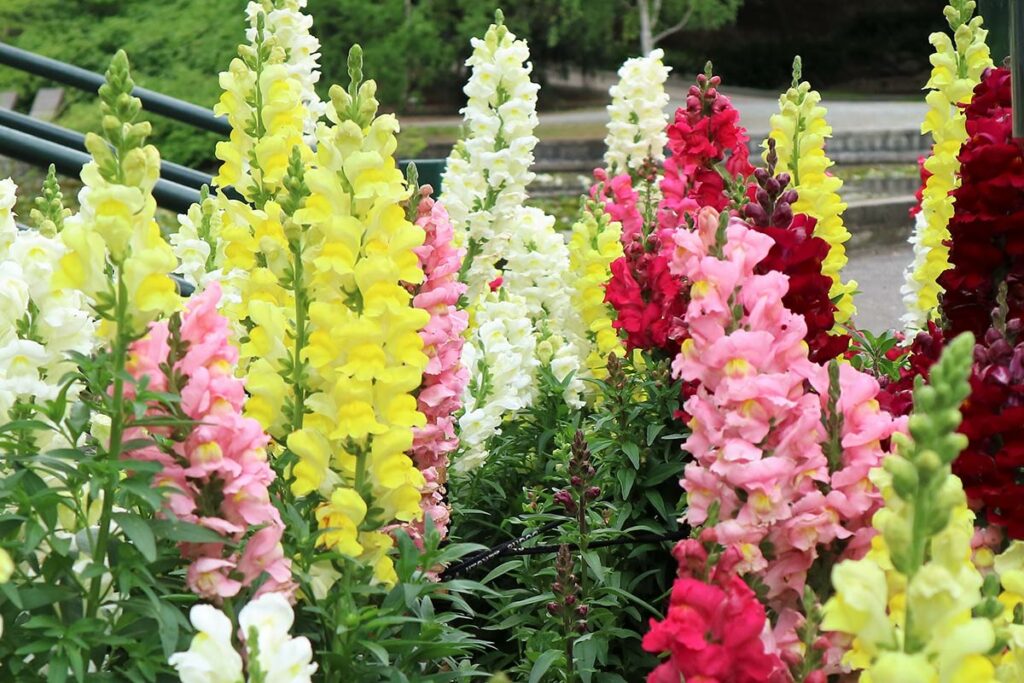
Planting Snapdragons
Preparing the Soil
To ensure success with your snapdragons, start by preparing the soil. Snapdragons prefer well-draining soil with a neutral pH. It’s essential to amend the soil in your garden with compost or aged manure before planting to improve drainage and provide nutrients. Ensure you till the soil to a depth of 6-12 inches, and mix the amendments thoroughly.
- Test the soil pH using a pH test kit.
- Adjust the pH if necessary, using lime to raise the pH or sulfur to lower it.
- Work compost or aged manure into the soil.
Choosing the Right Time
Snapdragons thrive when planted at the right time of the year. They are cool-season flowers, so your best chance to have a flourishing snapdragon bloom is to plant them in early spring or late summer/early fall. Keep an eye on your local climate and choose a suitable time for planting accordingly.
- Early spring for cool-season planting.
- Late summer/early fall for a secondary planting.
Planting Seeds or Transplants
When planting snapdragons, you can choose between starting from seeds or using transplants. If you choose to start from seed, sow them indoors 6-8 weeks before the last frost date. Snapdragons require light to germinate, so press them gently onto the soil surface but do not cover them. Keep the soil consistently moist and provide adequate light.
- Sow seeds 6-8 weeks before the last frost.
If you decide to use transplants, space them 6-12 inches apart in the prepared soil. Keep in mind that taller varieties may need support, such as stakes or garden cages, to prevent them from falling over.
- Space transplants 6-12 inches apart.
- Use supports for taller varieties.
Either way, with proper care and the right planting conditions, your snapdragons should bloom beautifully throughout the summer season.
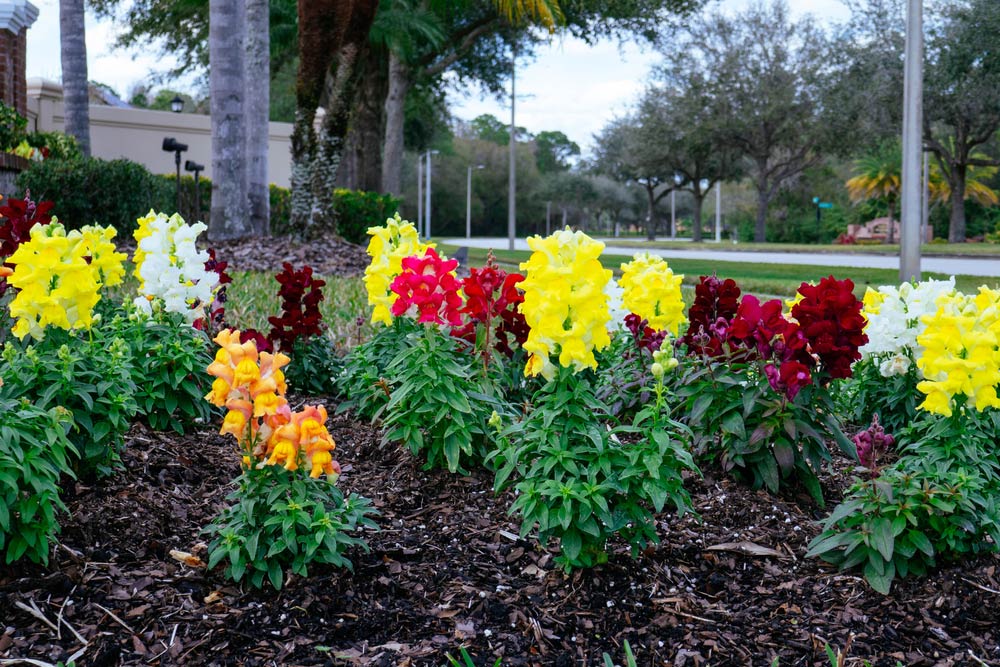
Snapdragon Care
Watering Requirements
Water your snapdragons regularly to ensure the soil remains moist, especially during dry periods. It’s best to water them in the morning, at the base of the plant, to prevent water from sitting on the leaves.
Avoid overwatering, as waterlogged soil can lead to root rot and other diseases. To determine when your plants need water, simply stick your finger about an inch into the soil; if it feels dry, it’s time to water.
Fertilizing the Plants
To keep your snapdragons blooming all summer, feed them with a balanced, slow-release fertilizer every 4-6 weeks. Use a fertilizer with a ratio of 10-10-10 or 14-14-14, following the manufacturer’s instructions for application rate. Be careful not to over-fertilize, as this may cause excessive foliage growth at the expense of blooms.
Pruning and Deadheading
Regularly pruning your snapdragons helps maintain their shape and encourages more blooms. Pinch back the tips of young plants when they have 6-8 leaves to stimulate branching for fuller growth. Deadhead spent flowers by pinching or cutting them off just below the flower head, which will encourage the plant to produce more blooms. Keep an eye out for any damaged or diseased foliage, removing it promptly to maintain plant health.
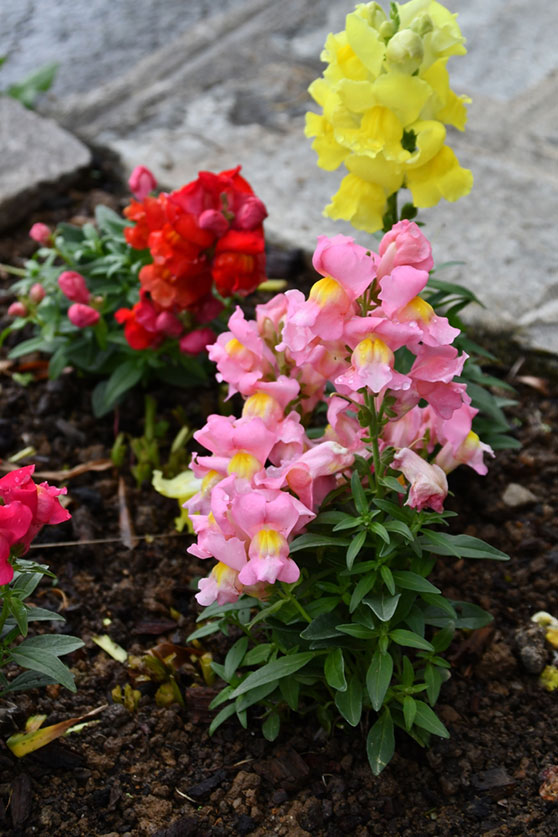
Keeping Snapdragons Blooming All Summer
Encouraging Reblooming
To keep your snapdragons blooming all summer long, it’s essential to deadhead them regularly. Deadheading means removing spent flowers to promote new blooms. To do this, simply pinch off the faded blossoms and throw them away.
By fertilizing your snapdragons, you’ll provide them with the nutrients they need to thrive. Apply a balanced, slow-release fertilizer at the beginning of the growing season, and then every 4-6 weeks throughout the summer.
Make sure you water your snapdragons consistently. They need about 1 inch of water per week, but be careful not to overwater and cause root rot.
A good indicator of when to water is by checking the soil – if the top inch of soil is dry, it’s time to water.
Installing Support Structures
Snapdragons often grow tall and may benefit from a little extra support to avoid drooping. To provide stability and encourage healthy growth, installing support structures can be a great help.
- Stakes: Use wooden or metal stakes, driving them into the ground about 6-12 inches from the base of your snapdragons. As the plants grow taller, gently tie them to the stake using soft string or plant clips. Be careful not to tie too tightly and damage the stem.
- Cages: Alternatively, you can use wire tomato cages to provide support. Place the cage around your snapdragons, making sure it’s firmly secured in the soil. The plants will grow through the cage and receive the needed support.
Remember to monitor your snapdragons’ growth and adjust the support structures as necessary to maximize their blooming potential throughout the summer. With these tips in mind, your snapdragons should provide a delightful display of colorful blooms all season long.
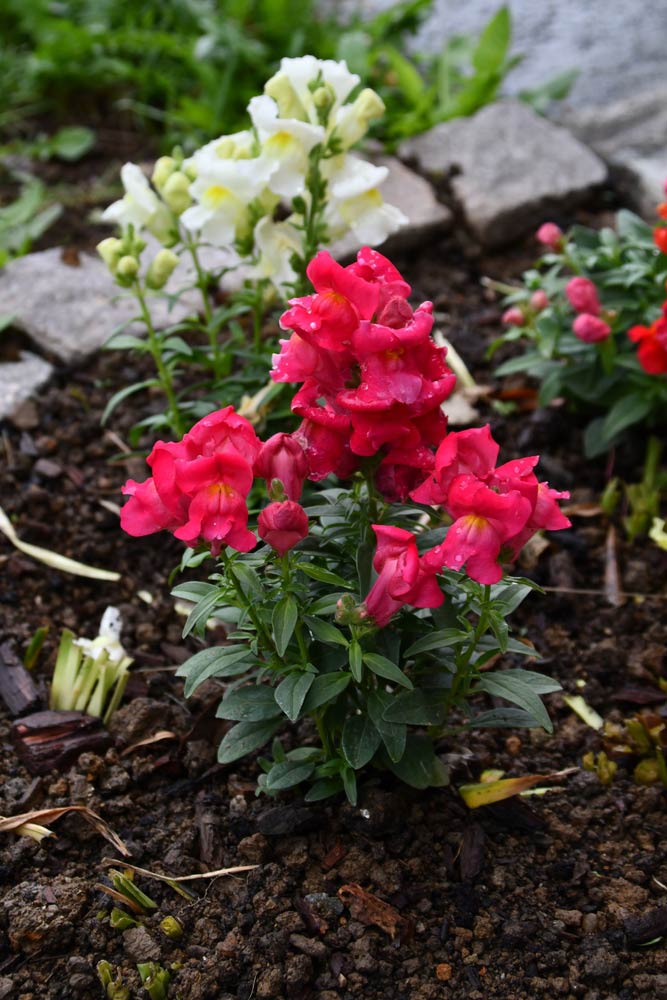
Pest and Disease Control
Preventing Common Pests
When growing snapdragons, it’s essential to protect them from pests. One of the best ways to do this is by practicing good garden hygiene. Keeping your garden area clean and free from debris helps eliminate potential hiding spots for pests. Also, ensure proper spacing between your snapdragon plants to promote air circulation, discouraging pest infestations.
Some common pests that target snapdragons include aphids, spider mites, and caterpillars:
- Aphids: Check your plants regularly for tiny, soft-bodied insects clustered on the leaves. If you see aphids, you can knock them off using a strong spray of water or use insecticidal soap.
- Spider mites: These microscopic pests can be identified by the fine webs they create on snapdragon leaves. To control spider mites, you can use a miticide or release predatory mites to help keep their population in check.
- Caterpillars: Manually remove any caterpillars you see on your snapdragon plants and dispose of them. If the infestation is severe, consider applying a natural pesticide, like Bacillus thuringiensis (Bt), which targets caterpillars and won’t harm other beneficial insects.
Handling Diseases
To maintain the health of your snapdragons and prevent diseases, it’s essential to address any issues as soon as they arise. Some common snapdragon diseases include:
- Rust: This fungal disease is characterized by reddish-brown pustules on the leaves. If you notice rust on your snapdragons, remove and dispose of infected leaves immediately. Apply a fungicide to manage the spread of the disease and try to keep the foliage dry to prevent further outbreaks.
- Root rot: Overwatering or poorly drained soil can lead to root rot. To prevent this, ensure your snapdragons are planted in well-draining soil and avoid overwatering. If you see signs of root rot, remove affected plants and amend your soil with organic matter to improve drainage.
- Powdery mildew: This fungal disease appears as white or gray powdery spots on the leaves. To control powdery mildew, apply a sulfur-based fungicide and ensure your plants receive adequate air circulation.
Staying vigilant and promptly addressing any pest or disease issues will help ensure your snapdragons continue to bloom beautifully throughout the summer.





